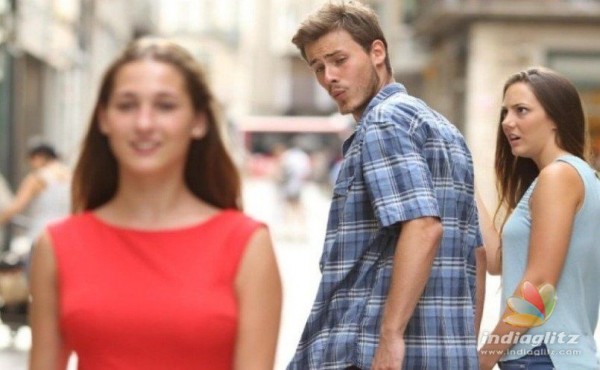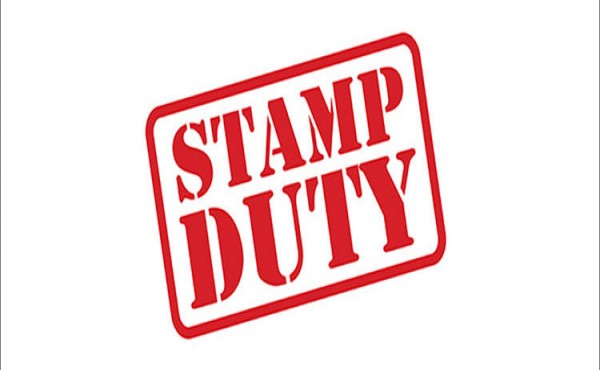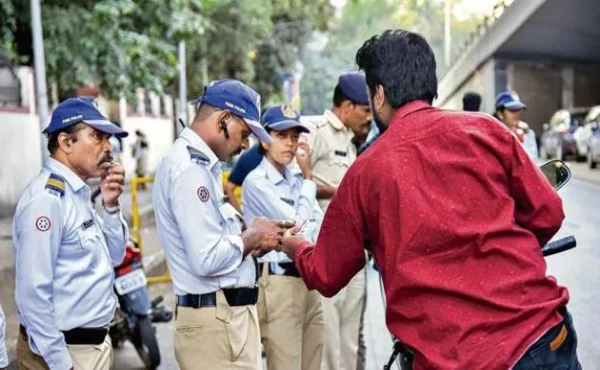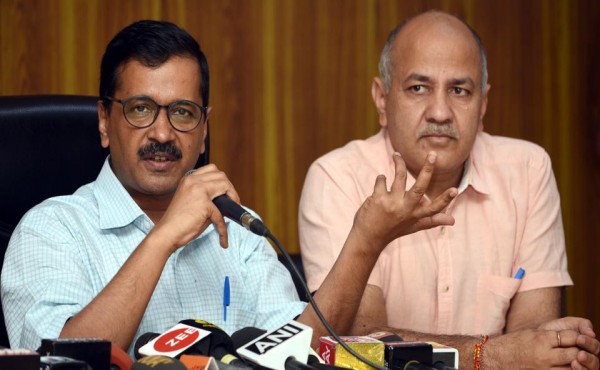Gold Smuggling With A Simple Illicit Benefit Motive Not A ‘Terrorism Act Under UAPA : Kerala High Court
Dated: February 20, 2021
- By Megha Bhatia
The Kerala High Court has held that mere act of gold smuggling, which is protected under the Customs Act, would not amount to a “terrorist act” under the Unlawful Activities Prevention Act unless the same is done with the intention to endanger the economic security of the country.
Gold smuggling with a mere unlawful profit motive would fall under the above definition of terrorist act, the Court said.
A division bench comprising Justices A Hariprasad and MR Anitha held so while dismissing the appeals filed by the National Investigation Agency(NIA) against an order of the Special NIA Court at Kochi granting bail to ten persons who were accused in the diplomatic channel gold smuggling case.
“...we are unable to hold that smuggling of gold simplicitor will fall within Section 15(1)(a) (iiia) of UA(P) Act. In other words, gold smuggling clearly covered by the provisions of the Customs Act will not fall within the definition of terrorist act in Section 15 of UA(P) Act unless evidence is brought out to show that it is done with the intent to threaten or it is likely to threaten the economic security or monetary stability of India”, the High Court observed.
Section 15(I)(iiia) of UAPA mentions activities with intent to threaten or likely to threaten the economic security of the country causing “damage to, the monetary stability of India by way of production or smuggling or circulation of high quality counterfeit Indian paper currency, coin or of any other material”.
Interpreting this provision, the High Court observed, “In our view, what is made an offence under Section 15(1)(a)(iiia) of UA(P) Act causing damage to the monetary stability of India by way of production or smuggling or circulation of high quality counterfeit Indian paper currency, coin or any other material relatable to currency or coin. “Other material” can be any material connected to counterfeit Indian paper currency or counterfeit Indian coin, like machinery or implements or high quality paper or any other material which could be used for producing or circulating fake currency or coin. Illegal acts referred to in the above provision certainly will have a direct impact on the economic security of India.”
“In our opinion, it does not include gold as the words employed in the Sub-clause specifically mention about production or smuggling or circulation of high quality counterfeit Indian paper currency or coin and therefore gold cannot be grouped along with paper currency or coin even though gold is a valuable substance and has a great potential to get converted into cash. Arrangement of words indicating the things mentioned in the provision does not prompt us to think that gold smuggling with a mere illegal profit motive will fall within the aforementioned definition of terrorist act. Besides, we take cognizance of the fact that there can be many other things of enormous value like precious metals and stones that could be smuggled for making an unlawful gain. We do not find any logic to include gold alone along with counterfeit Indian paper currency or coin.”
In the Court’s view, if the legislature had an intention to include gold smuggling even as terrorist act, there was no difficulty in specifically supplying limb to Section 15 of UA(P) Act. The Court treated this as a case of casus omissus. The legislature must have been aware of the nature of the Custom Act when it amended Section 15. Non-inclusion of the Customs Act in the Schedule to NIA Act also must be considered as a deliberate act by the legislature.
Rajasthan High Court judgment distinguished
The NIA put reliance on a recent judgement of the Rajasthan High Court which held that the crime of gold smuggling with the intent to threaten or likely to threaten the economic security of the country covered under the definition of ‘terrorist act’ under Section 15 of the Unlawful Activities Prevention Act, 1967(UAPA). In that case, the High Court had dismissed the argument that gold is not protected under “other material”.
However, the High Court Division Bench noted that it was an assertion made by the Rajasthan High Court when refusing to quash a FIR under Section 482 the Code of Criminal Procedure.
“It is clear from the decision that no analysis of the provision was made by the learned single Judge. Moreover, no specific reason has been stated for making the aforementioned observations. It is to be remembered that the learned single Judge was examining whether there was any sufficient reason to quash an FIR at the initial stage of the investigation. We do not find any law laid down in the above decision. We are, therefore, not persuaded by the single line observation made by the learned single Judge that “any other material” occurring in Section 15(1)(a)(iiia) of UA(P) Act is intended to cover gold smuggling also”, the Kerala High Court observed, distinguishing the Rajasthan decision.
The division bench also referred to a 2018 decision of the High Court in Abdul Salam v. NIA which held by 2:1 majority that the crime of fake currency circulation was not a ‘terrorism attack’ under UAPA before the 2013 amendment.
The Special Court had observed that the 10 accused were individuals who had allegedly smuggled gold for their personal gain, and the NIA has not identified any broader plot to endanger the economic security of the nation. The prime accused in the case, Swapna Suresh and PR Sarith, who are suspect of misusing diplomatic cargo channel to smuggle gold, are now facing NIA charges. The accused before the High Court were people who had allegedly distribute gold from the prime accused inside the state.
Top Stories

Adultery no longer a Criminal offence says Supreme Court...
September 29, 2018
Stamp Duty on transfer of Shares and Debentures
September 14, 2018
SHEDDING LIGHT ON SECTION 353 OF INDIAN PENAL CODE (IPC)
March 13, 2022
Are Adultery Laws Biased in India
August 13, 2018
DISMISSAL, DISCHARGE, TERMINATION AND RETRENCHMENT OF AN...
September 14, 2018



